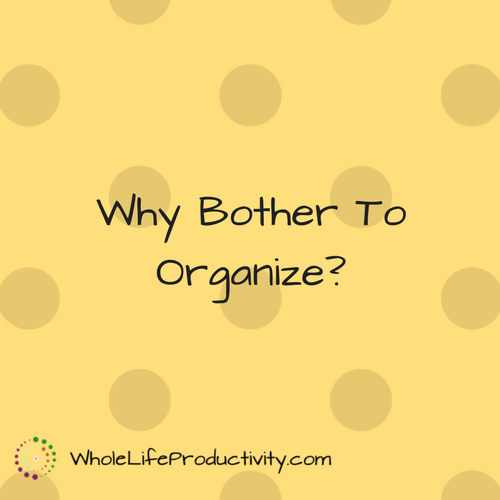How To Plan A Month
Many productivity systems focus on the task list. You might have a calendar, but that would be only for fixed appointments. If there aren’t any fixed appointments, the calendar gets ignored so you can focus on your task list. It is far too easy to slip into a pattern of glancing at the calendar, then plowing through tasks.
This is a formula for burnout. I lived like this for several years, and I find myself slipping back into this mode if I don’t have two things: a monthly plan, and a weekly target list. Today I’ll talk about the monthly plan.
“But I Have A Calendar…”
A calendar is fine and dandy, but it will tell you only what you have committed to. I like to have a general overview of things in the month so that I have a roadmap of where I am going. It isn’t enough for me to just focus on projects, but more on the progress I want to make in different areas of my life.
Special Days
I have started incorporating planned downtime and special activity days into my monthly plan. I got this idea from my first planner from Leonie Dawson, and I like the idea.
For instance, I am conscious of a need to get away from the computer. So on Sundays, unless there is a real emergency, I don’t turn the computer on. It’s called “switch-off Sunday”.
I also have days for crafting, retreat, going to be early, date nights (both with husband and daughter), game nights, and home spa stuff.
These special days remind me that I am more than a doing machine, and give me space to enjoy and appreciate my life.
Planning The Month
The Sunday before the month begins (because Sunday is my thinking day, without computers), I lay out the month, I put in various activities, and look at what is coming at me so I know what I need to prepare. I make sure these preparations get put into my task book, so I don’t lose sight of them.
I will then sprinkle in the special days, just as if they were scheduled activities. It is a lot harder to ignore “switch off Sundays” when it is written in big letters on my calendar!
Deciding on Targets
Once I have an idea of how busy my month is, I look at some things I’d like to aim for. (I will also find ways to clear out the schedule if it is too busy for me to make progress on my dreams) I may choose to wrap up a project, or set an intermediate goal.
For instance, in January, my goal is “to finish the *#^$ quilt”. This project has been in progress for three years. It’s not a big project, but my perfectionism has stalled it. I will finish this quilt as a lesson to myself in “done is better than perfect” and to get it off my mind.
As an intermediate goal, I have told myself I need to finish plotting the book from NaNoWriMo 2011. I have many ideas, and I need to get them into a plot order so I can commence writing again.
There may be a need for me to block out time to work on some of these items. Over the holidays, I blocked out a morning to finally clean out the garden and get the hoses inside. This isn’t something I could do in little bits; it needed to be done in one go, so I made the time available to do it.
By planning out the month ahead of time, I set myself a direction to go in. I may not make it entirely, but I have something to aim for. And that makes the weekly and daily planning much easier.
Do you do any sort of monthly planning? How? Share below.
Photo by thegift73
Articles In The Series:
- Life Reboot: Where Do You Start?
- Your Ideal Evening
- What Do I Want My Weekends To Look Like?
- What Do I Want More Of In My Life?
- What Do I Want Less Of In My Life?
- Projects, Open Loops and the RAM Dump
- LThinning Projects
- Doing A Time Audit
- Eliminating Time Wasters
- Do You Have Brain Thrash?
- How To Streamline Inputs
- How To Plan A Month
- How To Make A Weekly Plan



